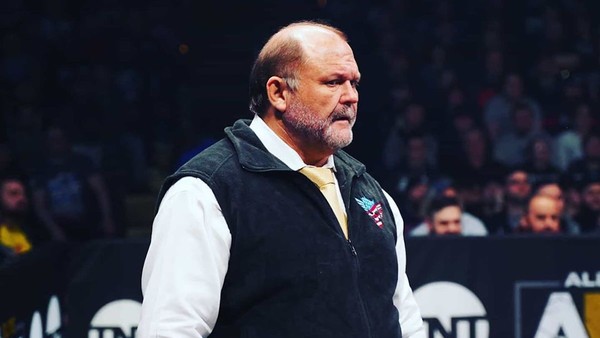What AEW's Second Show MUST Look Like

They challenged FTR to be "bastards, like us". Fénix brightened his aggressive tone to the point of sweetness when he asked his older brother for the perfect word, which Penta deadpanned. These guys are genuinely really funny. This sort of character revelation is explored wonderfully on Road To, but there's only so much TV time. And on a TV show that retains the most viewers in the ring, you are most certainly going to put the Lucha Bros. in it. Their former Death Triangle stablemate PAC got himself over in a big way on the Road To the Bahamas, too. "I excel at all disciplines of professional wrestling," he said, as the exclamation mark on an exceptional vignette that depicted him as a major star.
Beyond these neat character profiles, the marquee Dynamite matches are built as real, big-time occasions through the use of the talking heads trope. This is the absolute best use of Jim Ross. Removed from the live environment in which he has to feign enthusiasm for matches that aren't his sh*t, he expertly applies his authority and gravitas to enhances the matches he does give a toss about. Arn Anderson does this very well too, using his trademark soulful economy to illustrate the scope of the threat facing his man Cody. On the Road To Jericho, he did this by saying, simply, "Hell's comin'" to frame Mr. Brodie Lee as the monster he is.
The Road To is tremendous at deepening Dynamite's brilliance. In theory, it is the perfect template for a third hour that needs to complement and not detract from the flagship show. WhatCulture Wrestling's Adam Wilbourn devised a neat name for such a show, given its thematic purpose and link to Dynamite: AEW Fuse.
There's an inherent, age-old problem with adapting a series like this to national television; for as fondly as most of us hardcores recall a great video package, and like to delve as deep into a story as we can, they are ratings death.
CONT'D...(3 of 6)